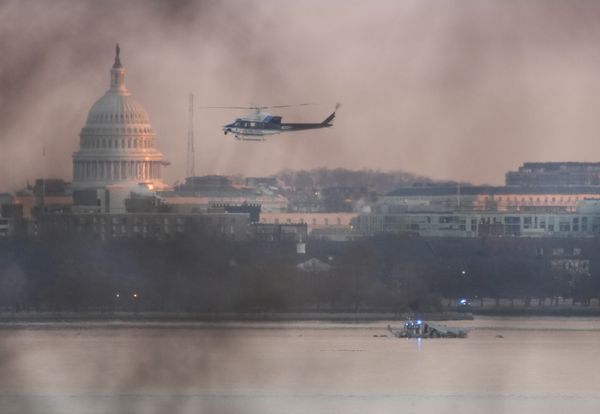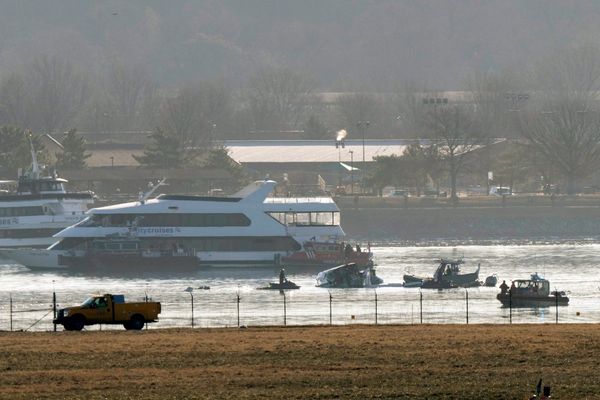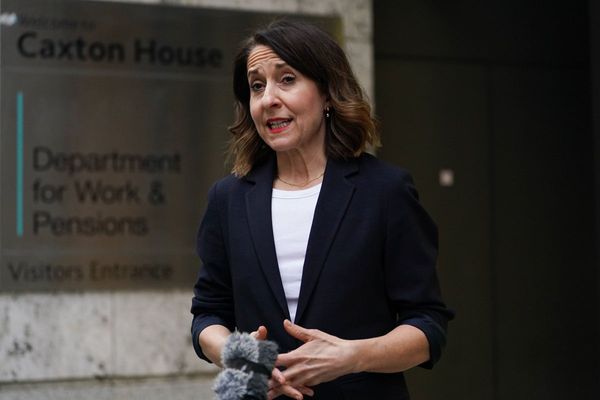As the Royal Calcutta Turf Club (RCTC) gears up to host Indian horse racing’s most glamorous and prestigious two days of the year on March 2 and 3, a look at the hallowed history of racing in the city and the club.
The Kolkata racecourse, one of the most beautiful and picturesque racecourses in the country, is surrounded by an expanse of lush greenery with the iconic Victoria Memorial as an imposing backdrop.
While there are records of racing dating back to the 18th century, the formation of the Bengal Jockey Club in 1803 marked the advent of organised and controlled racing in Bengal.
Six years later, racing began on the land where the racecourse stands today. By 1820, almost 100 years before the Victoria Memorial was built, the first public stands had come up. These were located on the opposite side of the racecourse, constructed between where the 1100 and 1000 metre markers stand today.
It is interesting to note that the turf club was requested to stand as one of the guarantors for the Victoria Memorial and it contributed Rs. One lakh towards its completion in 1926.
The original layout provided a racetrack with a Home Straight which was almost 600m long as compared to the 400m straight we have today. It was designed thus because in those days, the race meetings were held in the mornings, and by locating the stands on the eastern fringes, the sun’s rays were behind them.
On February 22, 1847, the Calcutta Turf Club (CTC) came into existence and racing flourished.
It was around 1876, after innumerable changes in the policy, that meetings were rescheduled to be run in the afternoon. It therefore became imperative to relocate the stands to where they are today – on the western fringe of the racecourse. The stands, which came up between 1906 and 1921, are the very same stands which one sees today.
The only drawback because of the switch was that the home straight was reduced from 600m to just about 400 metres which is one of the shortest as compared to racecourses anywhere in the world. With a sharp final bend, just before entering the home straight, made the Kolkata course one of the most challenging tracks for a jockey and testing his ability to the extreme.
In 1867, the Calcutta Derby Sweep was born. It was like a lottery and amounted then to a pool of Rs. 34,700. This had an effect on a scale that one could never have been imagined as it grew to a mind-boggling Rs. 1,25,00,000 in 1929 and 1930. It laid the foundations to the club’s prosperity and allowed it to maintain a high level of stake money.
King George V (then the Prince Of Wales), who visited the racecourse in 1905 and 1912, was impressed with what he saw. As a result, in 1912, King George decided to give a ‘royal’ status to the Calcutta Turf Club. And that is when it got the royal logo on top and became the ‘Royal Calcutta Turf Club’.







